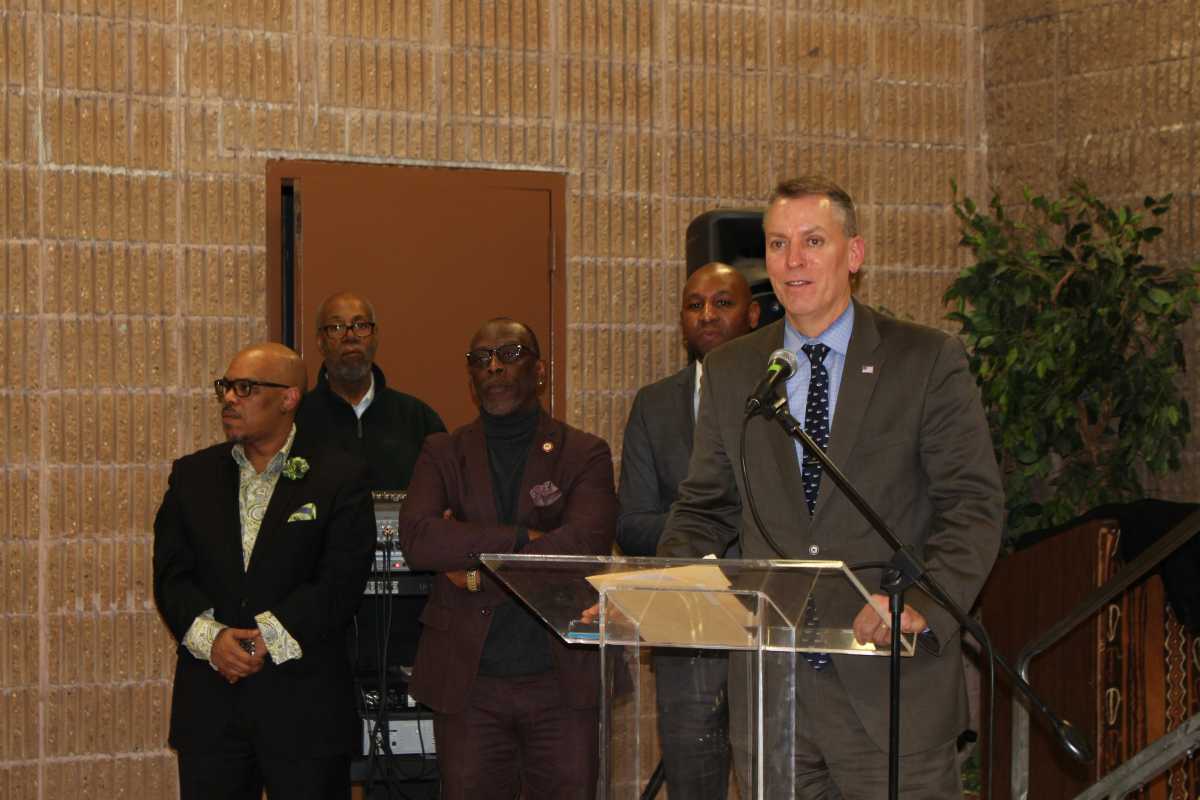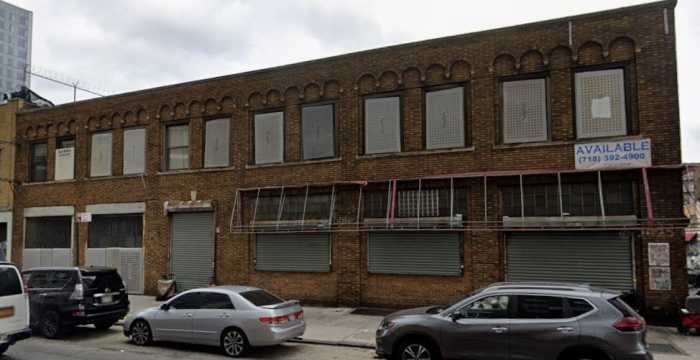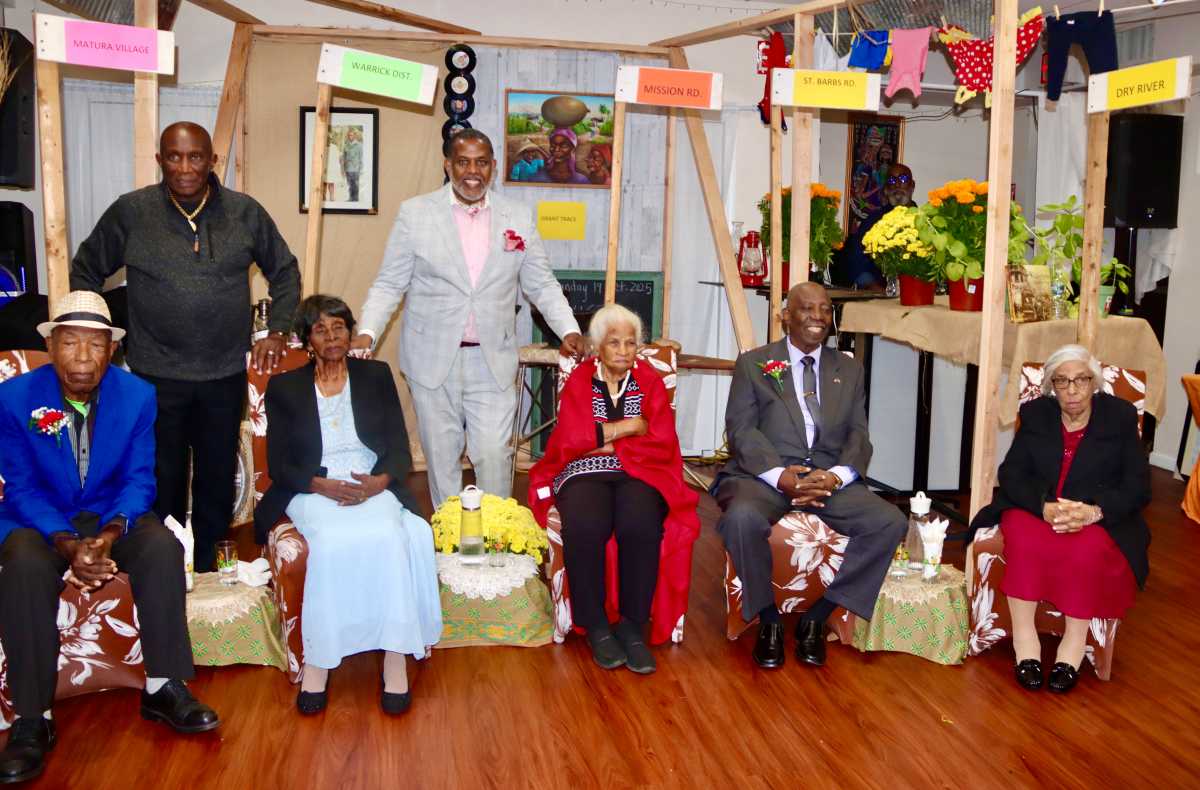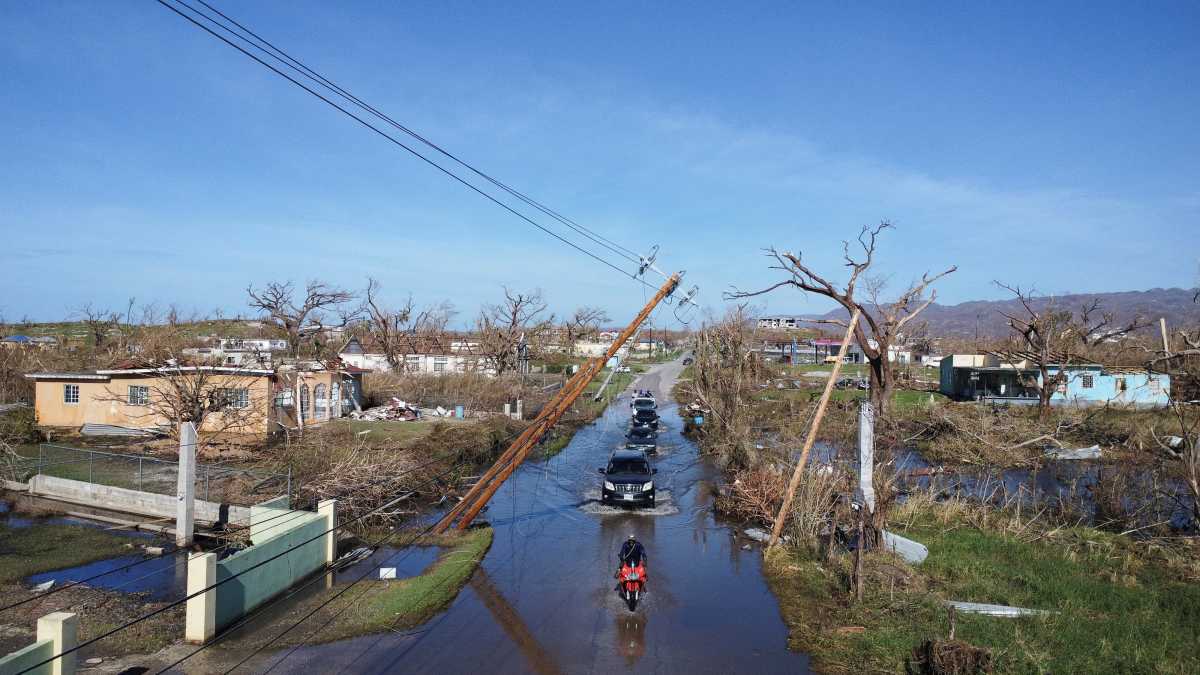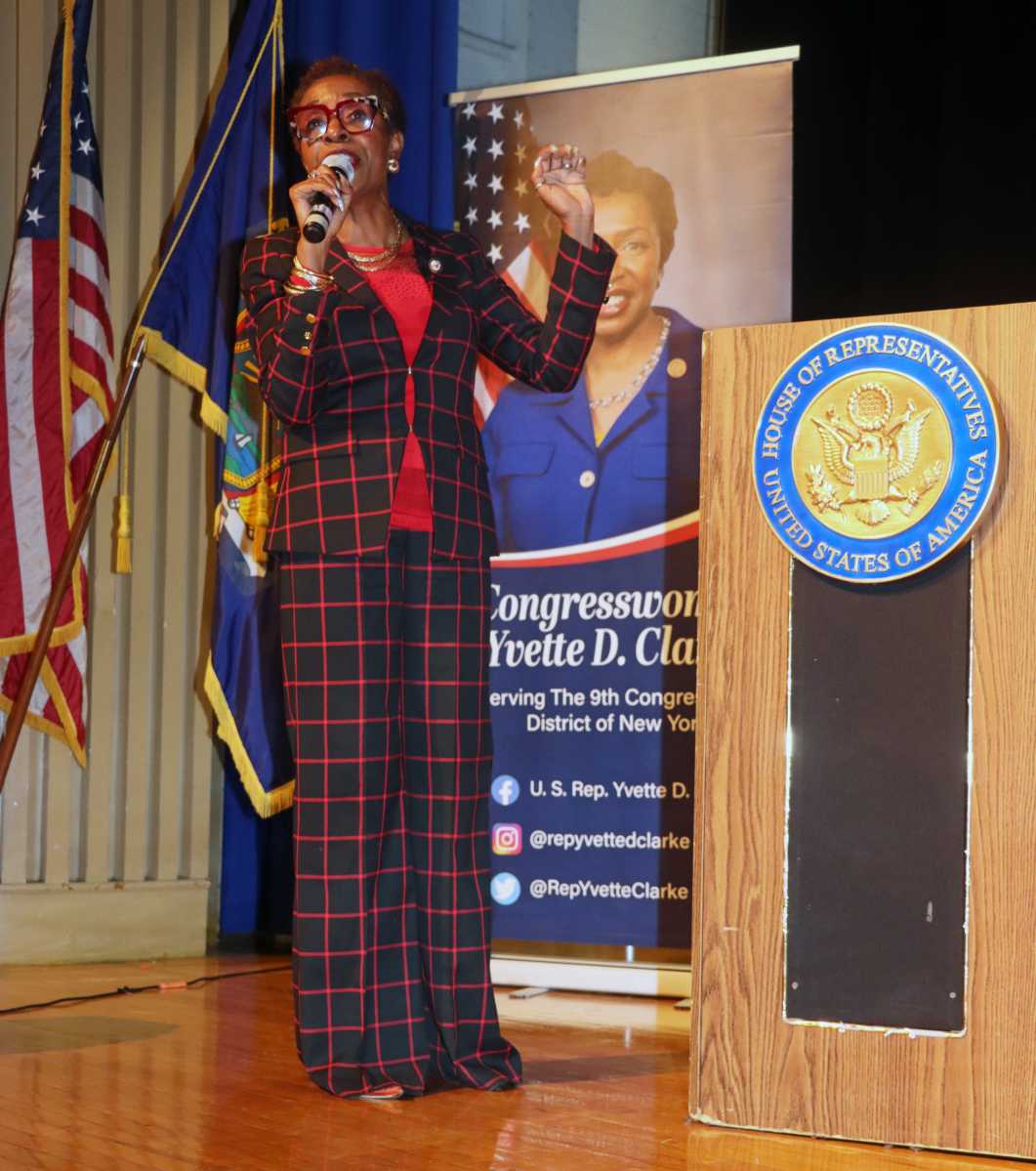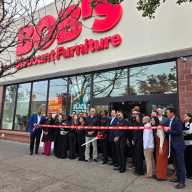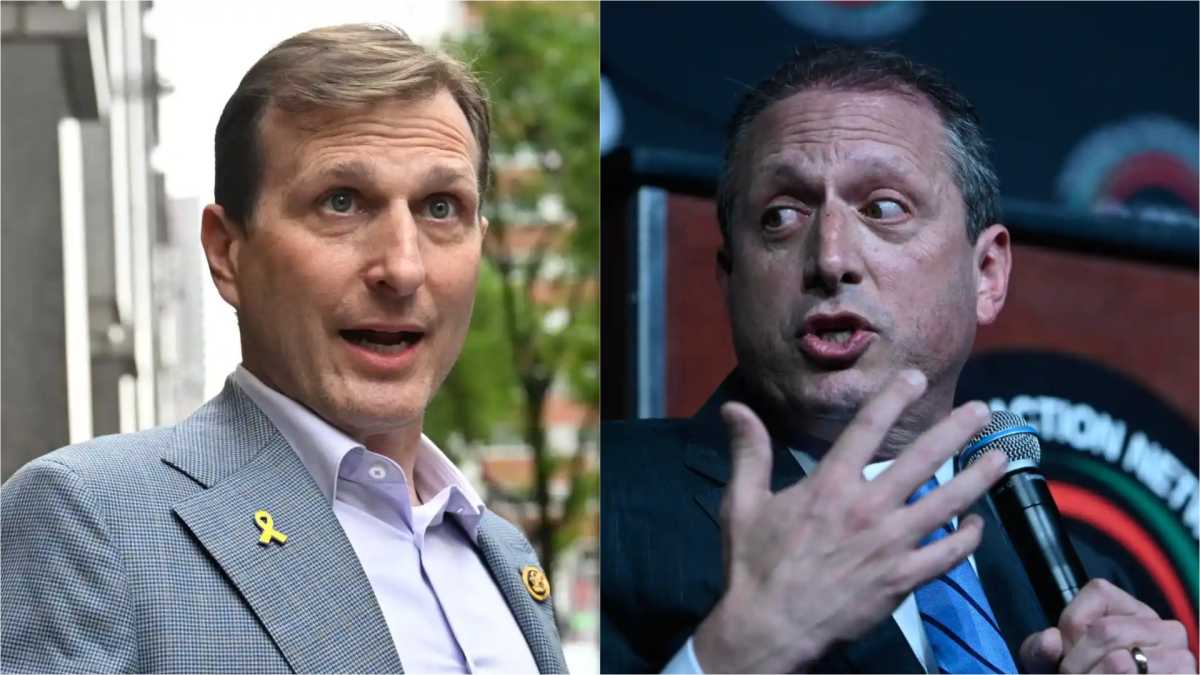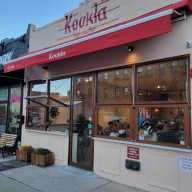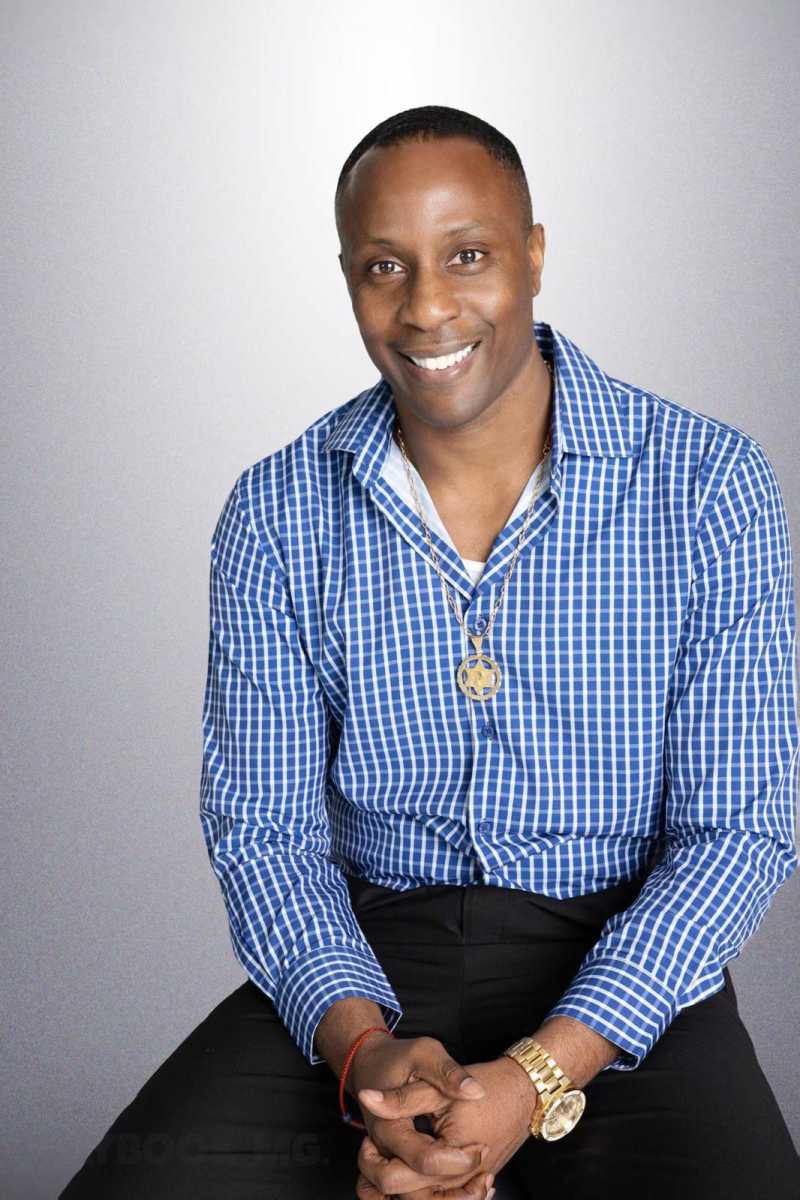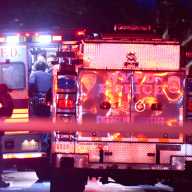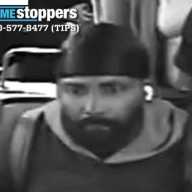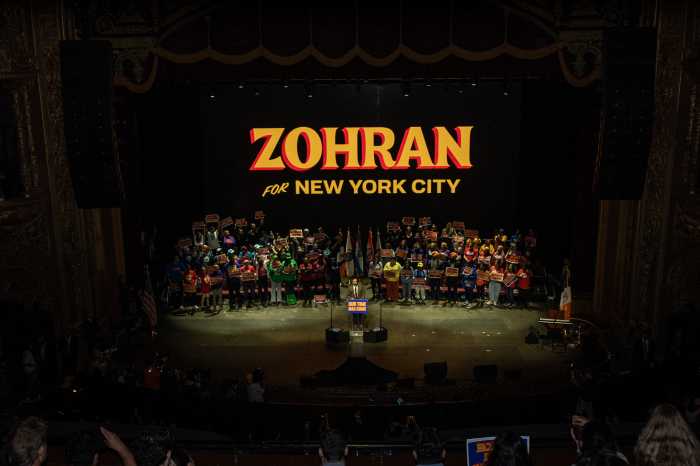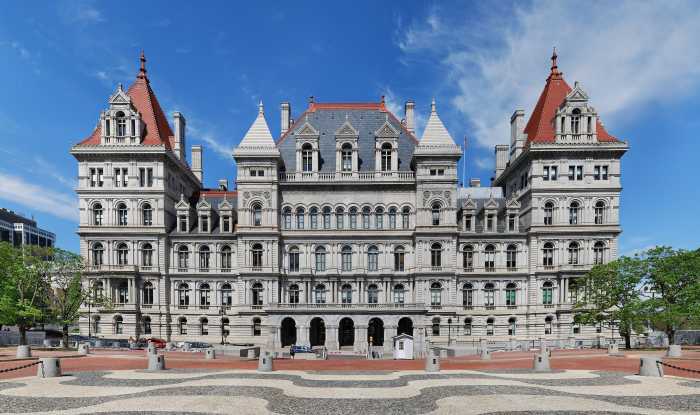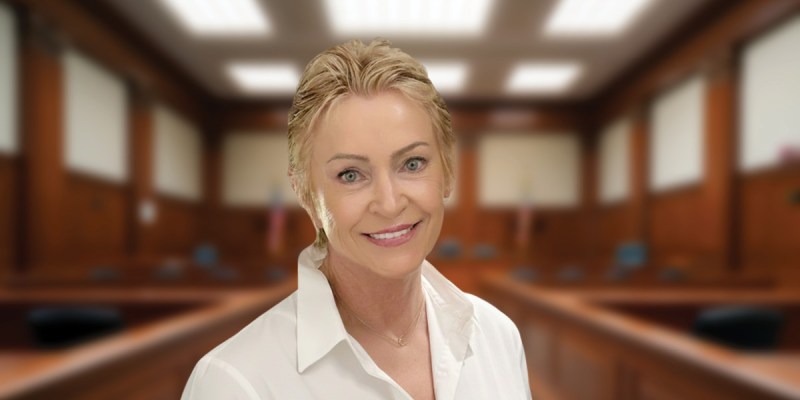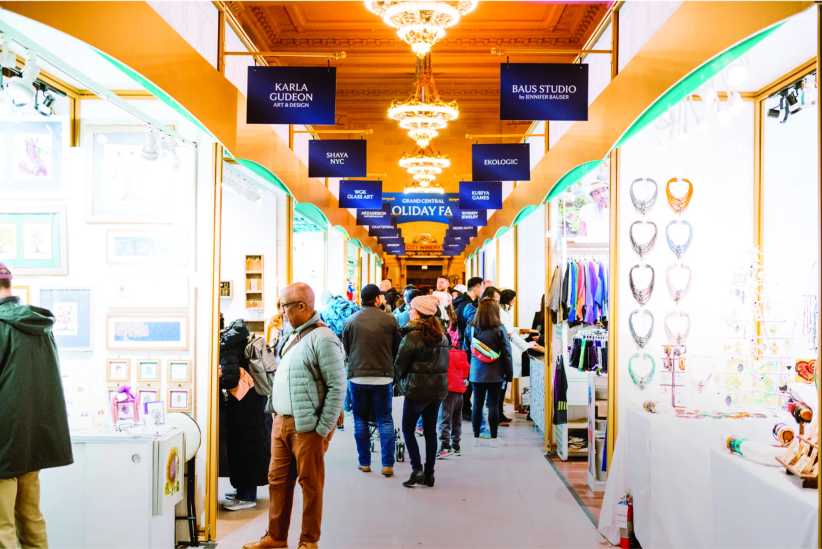Southeast Queens community leaders and residents packed the The Robert Ross Johnson Life Center in St. Albans Thursday night for a town hall discussion with new NYPD Commissioner Dermot Shea, who made his first appearance in the community to address public safety issues and concerns.
City Council members Donovan Richards, Adrienne Adams, and Daneek Miller were joined by Assemblyman Clyde Vanel, Acting Queens Borough President Sharon Lee, and the NYPD Patrol Borough Queens South at the church, located at 172-17 Linden Blvd.

“We know that the NYPD is one of our strongest partners responsible to protect the community,” Adams said. “We look forward to continuing a positive partnership and as new leadership has come in, we are looking forward to progression and not regression.”
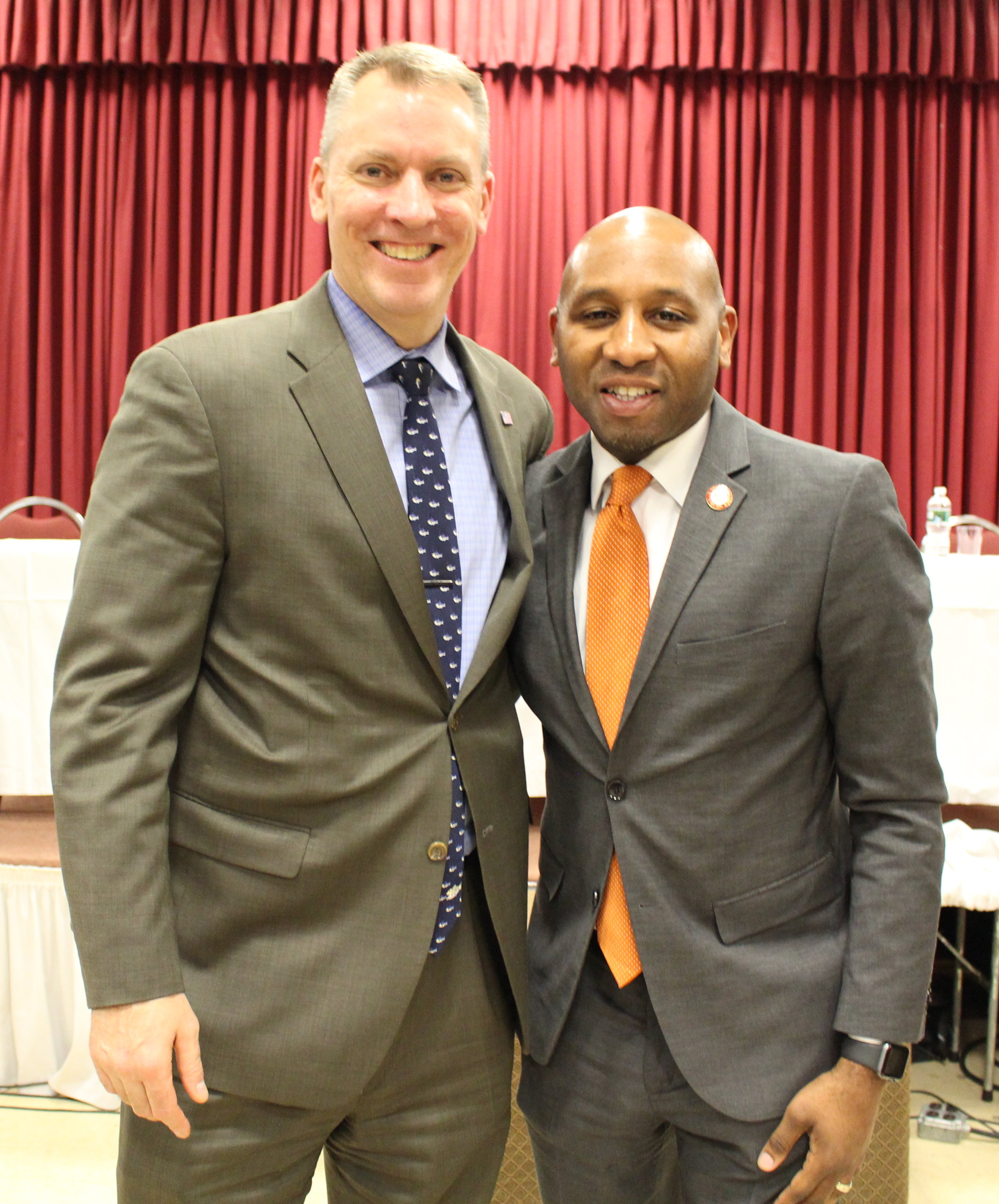
Shea, who has been a member of the NYPD for 29 years, reiterated the importance of working together continuing to strengthen police and community relationships to combat quality-of-life issues in the neighborhood.
“When you talk about where we are in this city tonight, I think we are in a very good place,” Shea said. “There is a lot going on, but we’re going to get through it together, and the right way. We have to carefully balance, as we have for the last six years.”
As the floor opened up for the question and answer segment of the town hall, residents didn’t hesitate to voice their concerns to the commissioner.
According to an audience member, there have been five shootings within the past two weeks on the peninsula. The spike of violence in the Rockaways regarding hate crimes and shootings has prompted the NYPD’s 100th and 101st precincts to work diligently and effectively with the community.
NYPD 101st Precinct Commanding Officer Eric Robinson said the borough has been heavily involved with daily conference calls with officials while policing with precision.
In response to hate crimes across the city, Shea said, “It’s time for people to call out what we see — whether it’s speech on the internet or people marching. It comes with a lot of responsibility, and when people are professing stuff that is wrong, we’re safe.”
The youngest resident in the room, 9-year-old Amaryllis Greene, cited past events of pedestrians struck by motorists, recalling a woman who was hit by an out-of-control vehicle on Sutphin Boulevard and Jamaica Avenue.
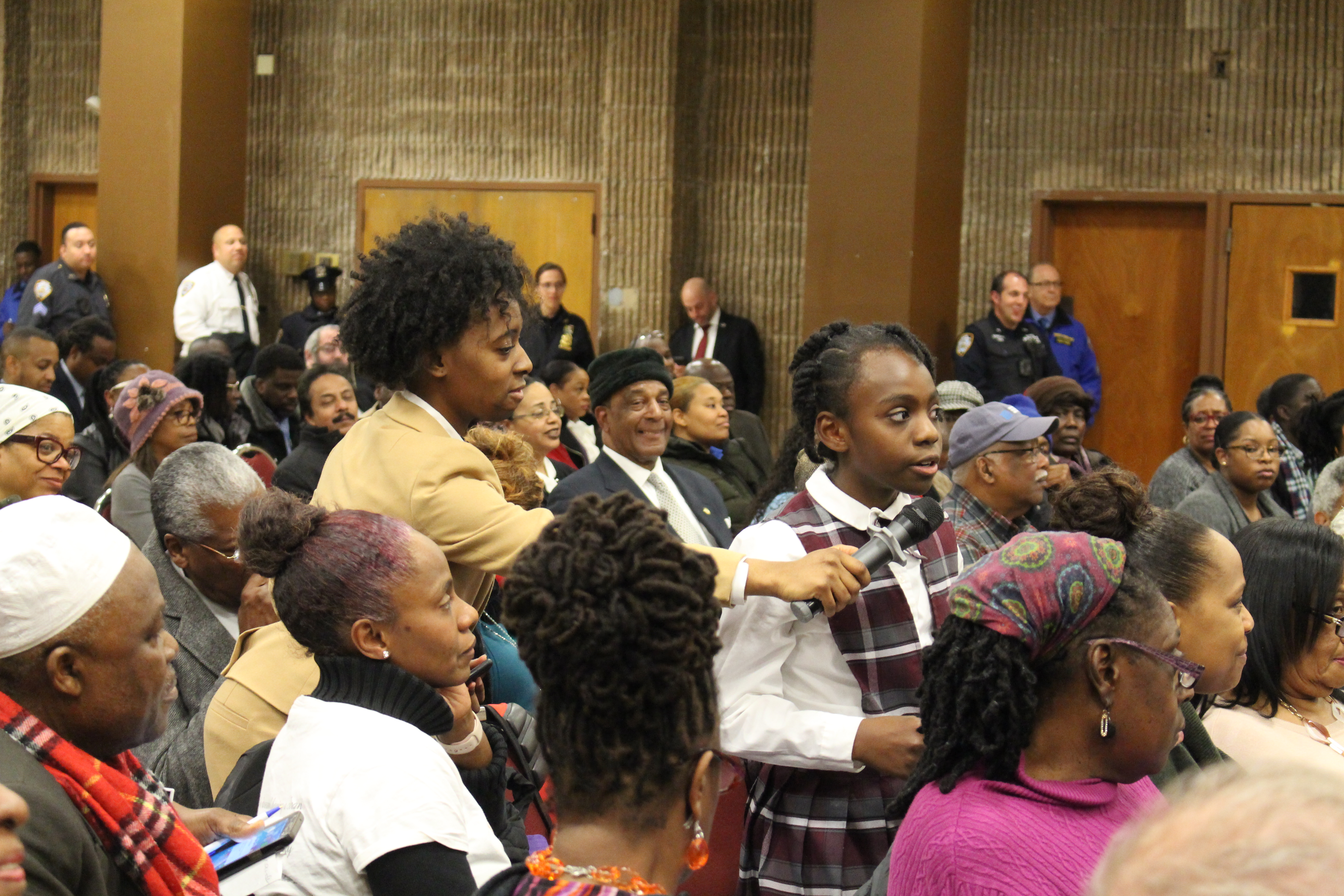
“These safety issues and concerns need to be addressed as I and children my age of the future need to be safe,” Greene said.
Shea noted the importance of everyone to always be vigilant in their surroundings, such as driving safely and keeping an eye out for pedestrians, especially children.
“All of the precinct commanders closely analyze all of the accidents to make sure we are doing everything possible to make sure our officers are addressing anyone that is driving in manners that they shouldn’t be driving,” Shea said.
Resident Manny Martinez stressed the trespassing of homeless individuals at the NYCHA South Jamaica Houses, who he says have been “sleeping, defecating, urinating, and engaging in sexual activity in front of families that live in the building.”
According to Shea, the NYPD has been interacting with the homeless population and offering services.
“We do a lot of work on a day-to-day basis in the city. We’re working with other city agencies to interact with homeless people, and to see them not as criminals because being homeless is not a crime, but interacting with them to take services and concentrating on locations where the most complaints come in.”
Meanwhile, Glenn Greenidge, director of the Sutphin Boulevard Business Improvement District, requested more resources at the 103rd Precinct to tackle distribution of drugs nearby businesses on Sutphin Boulevard and Archer Avenue.
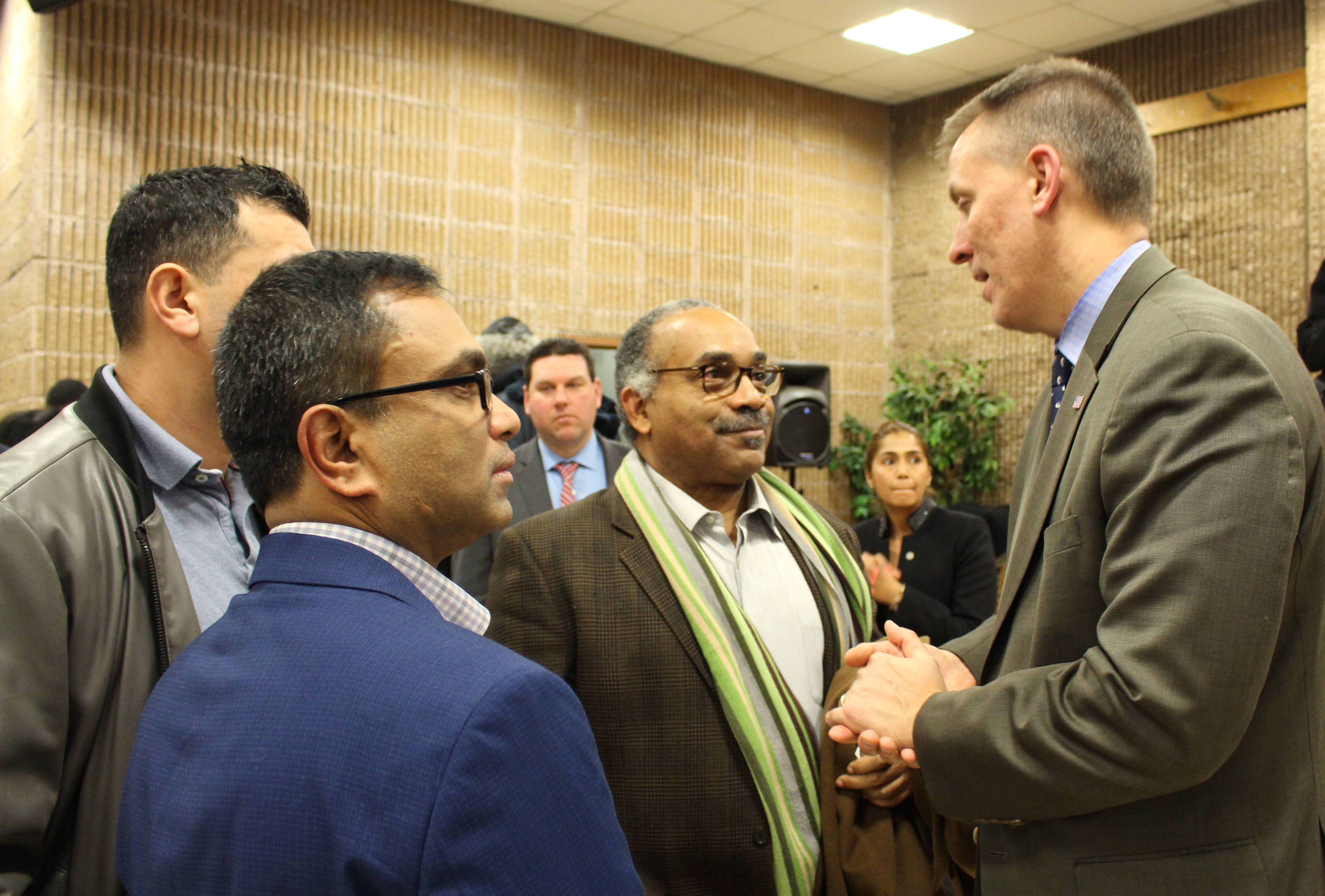
“We have a McDonald’s that has been there for 20 years and has closed down because of drug activity, and members of the McDonald’s [condoned] drug activity in the store,” Greenidge said. “We also had a shop owner who was beat up in his store.”
While some of the issues addressed involved criminal activities of the youth, Queens South Commanding Officer Ruben Beltran said the area is a prime concern for Neighborhood Coordination Officers (NCOs). Beltran said they’re reinventing youth officers and coordination officers to receive training, and creating safe spaces for the youth to gather, redirecting them from criminal activities.
In regards to the new bail reform act, when an audience member asked, “Is there a direct correlation between bail reform and increase in criminal activity?” Shea said he believes there is a direct correlation and that the law can be changed and fixing inequities.
“We need balance. You have to remember when you talk about bail reform, you have to have the entire conversation because if there’s 50 people in this room, you’ll have 50 different opinions,” Shea said. “I don’t think this is the time to have arguments and debates…this is the time to come together, figure out what’s going on, and make it better.”
Throughout the meeting, the commissioner also answered questions regarding petty crimes and installation of cameras in neighborhoods, the tenure of precinct commanding officers, mental illness crisis intervention training for police officers, and bridging the gap between the Jewish and African American communities across the city.

